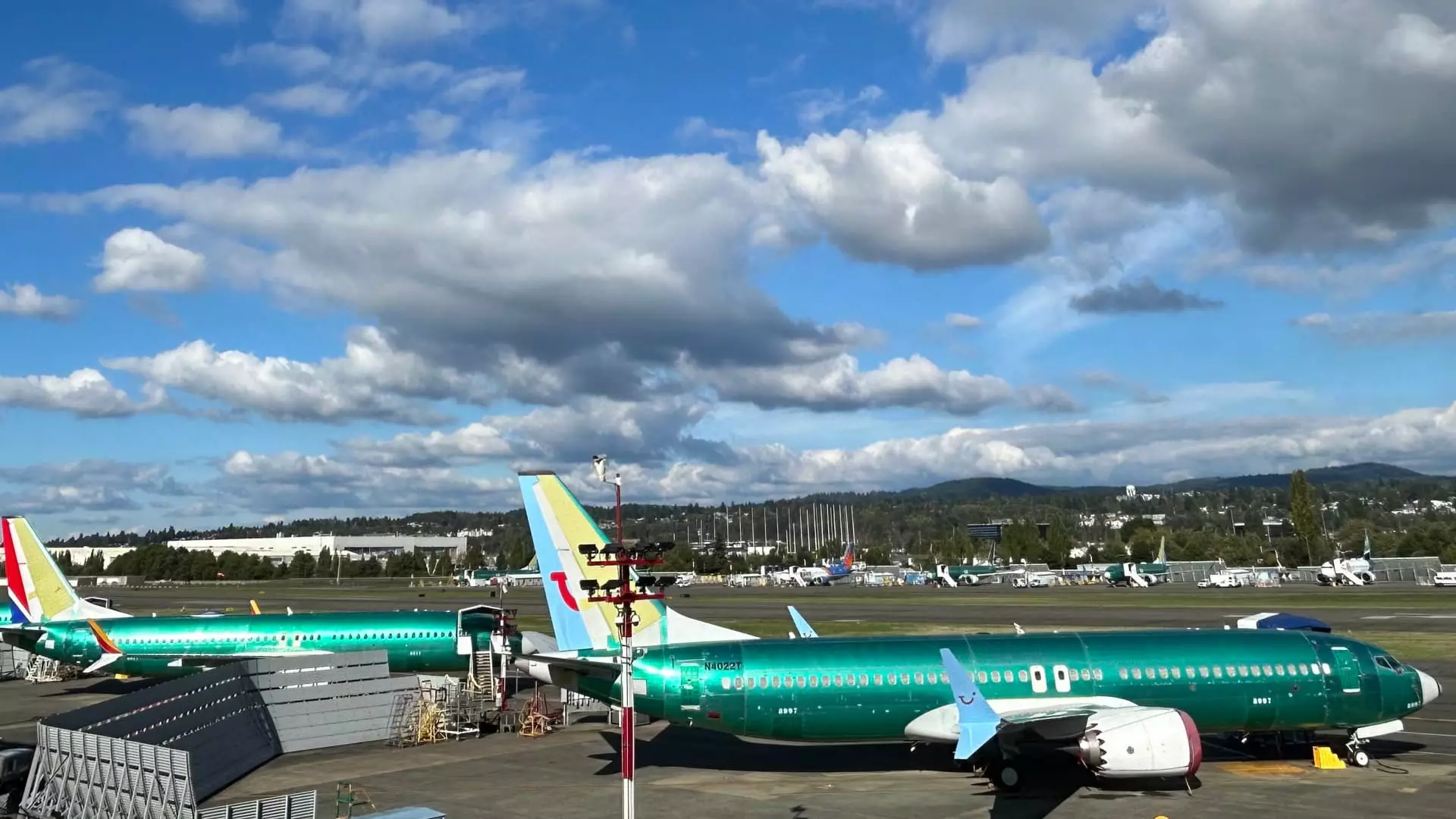The quest to secure two new Boeing 747 aircraft for presidential use has become a source of significant frustration for President Donald Trump. These newer Air Force One jets have been plagued by delays and cost overruns, casting a shadow over what was once envisioned as a crucial modernization of the United States’ airborne executive fleet. As the administration juggles the challenges surrounding these aircraft, it highlights broader concerns about Boeing’s operational efficiency and reliability in the aviation sector.
Initially negotiated at an eye-popping $4 billion during Trump’s first term, the contract for replacing the aging Air Force One planes has fallen tragically behind schedule. With over $2 billion in cost overruns, the financial burden is becoming a spotlight of scrutiny for both Boeing and the administration. Trump’s discontent with the delivery timeline has bubbled to the forefront, and with only a limited period left in the current presidential term, the urgent necessity for these aircraft is more pronounced than ever.
Compounding matters, recent reports reveal that the timeline for a delivery date remains nebulous. The implications of these delays reach far beyond mere timelines; they symbolize a broader failure in Boeing’s capacity to deliver on contracts—exacerbated by a chain of executive decisions that have echoed through the entire organization. It raises questions about Boeing’s management strategies and its ability to meet the needs of its most prominent customer: the U.S. government.
Elon Musk’s Unlikely Involvement
In a twist that highlights the intersection of the aerospace industry’s heavyweight chains, Tesla and SpaceX CEO Elon Musk has stepped in to offer assistance. Musk’s involvement, described by Boeing’s chief executive Kelly Ortberg as crucial, aims to streamline the process for the new Air Force One jets. Ortberg has characterized Musk as an astute problem solver capable of differentiating between essential technical specifications and extraneous requirements that slow down production.
Despite the unusual partnership dynamics—in which a competitor plays a key role in resolving another company’s operational crises—the emphasis on collaboration speaks volumes about the industry’s current state. Musk’s reputation for innovation and speed could inject much-needed momentum into Boeing’s lagging project, but it also raises questions: Why has it taken external assistance to push this essential project forward?
Alternative Options and Presidential Wrangling
Trump’s dissatisfaction has even prompted him to explore alternatives to the languishing new planes. In comments made during a recent flight aboard an old Air Force One, he suggested that were the situation to continue, he might seek other aviation solutions, expressing a willingness to “buy a plane or get a plane.” This exploratory rhetoric could send waves of concern through the military and aviation communities about the seriousness of the situation, as previous Air Force One aircraft were specifically outfitted for presidential needs and functions.
Tours of alternative jets, such as the presidential 747 stationed at Palm Beach International Airport, may indicate growing impatience. Nevertheless, such drastic measures could potentially undermine the long-term benefits expected from the new aircraft, relegating the effort to mere stopgaps instead of definitive solutions.
Boeing’s troubles are not isolated to the Air Force One project. As the airline industry continues to recover from the impacts of the pandemic, many of Boeing’s clients have experienced significant delays with commercial aircraft deliveries. However, some industry leaders, including executives from United Airlines and Southwest Airlines, are cautiously optimistic about Boeing’s turnaround under Ortberg’s new leadership. Reports from these airline portfolio executives signal that Boeing is slowly regaining reliability as a supplier, a sentiment critical in restoring trust among its clientele.
Boeing’s commitment to boost production, particularly of the popular 737 Max aircraft, indicates that efforts to stabilize the supply chain are underway. The optimistic forecasts from United Airlines’ CFO Mike Leskinen reflect a growing confidence that specific commitments will be met, illustrating the importance of Boeing’s ability to manage its obligations effectively as it emerges from turbulent waters.
Ultimately, this situation demands not only urgency from Boeing but also transparency from the U.S. government regarding its procurement processes. As the saga of Air Force One continues to unfold, the ripple effects of these delays underscore the complexity and challenges within the aviation industry—where timely delivery is just as crucial as the inherent capabilities of the aircraft being produced.

